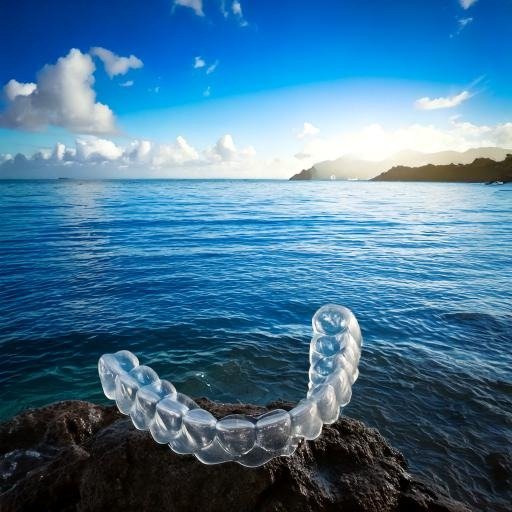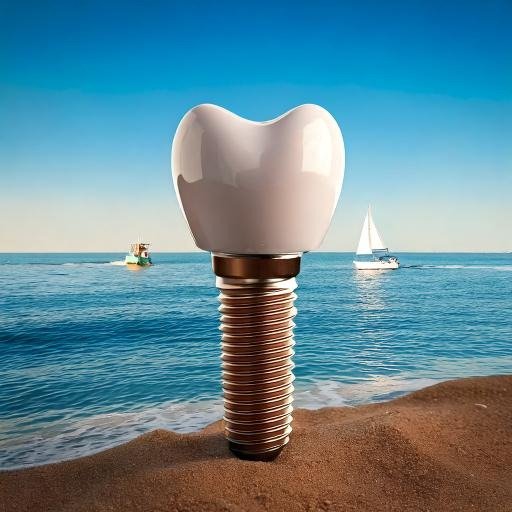How to Get Rid of Plaque: A Complete Dentist’s Guide
Understanding how to get rid of plaque is one of the most important steps in maintaining healthy teeth and gums. Plaque is a sticky film of bacteria that forms constantly on your teeth — and if not removed properly, it can lead to cavities, gum disease, and even tooth loss.
In this article, we’ll explain what plaque is, how it develops, why it’s harmful, and most importantly, how to remove and prevent it effectively. You’ll learn:
- How plaque forms and how it differs from tartar.
- The right way to remove it safely.
- Professional treatments available at Horley & Gatwick Dental Centre.
- The daily habits that protect your oral health for the long term.
What is plaque and why is it harmful?
Plaque is a soft, colourless film of bacteria that naturally forms on your teeth after eating or drinking. When bacteria feed on sugars and starches, they produce acids that can erode tooth enamel and irritate gums.
If plaque isn’t removed daily, it hardens into tartar (calculus), a rough deposit that can only be removed by a dentist or hygienist.
The consequences of untreated plaque include:
- Cavities caused by enamel erosion.
- Gingivitis (early gum inflammation).
- Periodontitis (advanced gum disease).
- Persistent bad breath.
At our Horley and Crawley clinic, we see daily how early plaque removal helps patients avoid these issues entirely.
→ Learn more about our professional hygiene treatments.
How does plaque form on teeth?
Plaque begins to form within hours after brushing. Every time you eat, bacteria interact with food particles, especially sugars, creating acids that cling to your teeth. These bacteria multiply and form a sticky biofilm — plaque.
Factors that contribute to plaque buildup include:
- Inadequate brushing or flossing.
- High-sugar diets and frequent snacking.
- Smoking or poor hydration.
- Irregular dental check-ups.
Because plaque is invisible in its early stages, many patients don’t realise it’s building up until they feel roughness on their teeth or notice gum bleeding. At Horley & Gatwick Dental Centre, we use digital intraoral cameras to show patients these early signs and guide effective prevention.
How to get rid of plaque effectively at home
The most effective way to get rid of plaque is through consistent oral hygiene. Daily cleaning stops plaque before it hardens into tartar.
Here’s what to do:
- Brush twice a day using a soft-bristled toothbrush and fluoride toothpaste.
- Use the right technique — brush gently in circular motions for at least two minutes.
- Floss daily to remove plaque between teeth where brushes can’t reach.
- Rinse with mouthwash containing antibacterial properties to reduce bacteria.
- Clean your tongue to remove bacterial buildup.
Our dentists in Horley and Crawley recommend using an electric toothbrush for improved plaque removal. Still, even the best at-home routine can’t replace a professional dental cleaning every six months.
→ Book your hygiene appointment to remove stubborn plaque buildup.
Can you remove hardened plaque at home?
Once plaque hardens into tartar, it cannot be removed safely at home. Only a professional dental hygienist can do so using specialised tools.
Trying to scrape tartar off yourself can damage enamel and gums, leading to sensitivity or infection. At Horley & Gatwick Dental Centre, we use ultrasonic scaling and Airflow polishing — gentle, non-invasive methods that remove tartar and surface stains without discomfort.
Regular hygiene sessions not only clean your teeth thoroughly but also prevent plaque from turning into tartar again. This is the safest, dentist-approved method to maintain lasting oral health.
→ Learn about professional tartar removal at our clinic in Horley.
How often should you remove plaque professionally?
Professional cleanings should be done every six months, or more often for patients prone to plaque buildup, gum issues, or braces.
During a hygiene appointment at Horley & Gatwick Dental Centre, we:
- Assess your gums and plaque levels.
- Perform ultrasonic scaling to remove tartar and bacteria.
- Polish your teeth with Airflow for smoothness and shine.
- Offer personalised advice to prevent recurrence.
Regular visits protect you from gum disease and cavities while keeping your smile clean and fresh. Patients from Horley and Crawley often say they feel an immediate improvement in comfort and confidence after treatment.
→ Schedule your regular hygiene check-up today.
Why is removing plaque important for your health?
Learning how to get rid of plaque isn’t just about aesthetics — it’s crucial for your overall health. When plaque turns into tartar, bacteria can enter the bloodstream through inflamed gums, increasing risks for conditions such as:
- Cardiovascular disease.
- Diabetes complications.
- Respiratory infections.
At Horley & Gatwick Dental Centre, we educate patients about the mouth-body connection and encourage prevention through consistent care. Removing plaque regularly protects not only your smile but your entire wellbeing.
What foods help prevent plaque formation?
Your diet plays a major role in plaque control. Certain foods naturally help keep your mouth clean by stimulating saliva and neutralising acids.
Beneficial foods include:
- Crunchy fruits and vegetables (like apples and carrots).
- Cheese and dairy products (rich in calcium and phosphates).
- Green tea (contains antibacterial polyphenols).
- Water (helps wash away debris).
Avoid frequent snacking and sugary drinks, which encourage bacterial growth. Our dentists in Horley and Crawley provide nutritional advice as part of your oral care plan, helping you maintain healthy teeth from the inside out.
Can mouthwash remove plaque?
Mouthwash can reduce bacteria and freshen breath, but it cannot remove existing plaque or tartar on its own. It’s most effective as a complement to brushing and flossing.
Antibacterial mouthwashes with chlorhexidine or essential oils can help prevent plaque formation by reducing microbial growth. However, they should be used under the guidance of a dentist to avoid staining or imbalance in oral flora.
At Horley & Gatwick Dental Centre, we recommend professional-grade rinses suited to each patient’s needs — particularly for those prone to gum inflammation or high plaque levels.
→ Ask your dentist which mouthwash is best for your oral health.
How to get rid of plaque for kids
Children are also at risk of plaque buildup, especially if they skip brushing or consume sugary snacks. Teaching kids how to get rid of plaque early sets the foundation for lifelong oral health.
Our advice for parents in Horley and Crawley:
- Supervise brushing until age 8.
- Use a pea-sized amount of fluoride toothpaste.
- Turn brushing into a daily routine — morning and bedtime.
- Encourage rinsing with water after eating sweets.
- Bring your child for regular dental check-ups.
Our friendly team ensures every child’s visit is relaxed and educational, making dental care positive and fun.
→ Discover our children’s dentistry services.
What happens if you don’t remove plaque?
Ignoring plaque can lead to serious dental issues. Over time, it hardens into tartar, which traps bacteria and irritates the gums. The result can be:
- Persistent bad breath.
- Gum bleeding when brushing.
- Receding gums and loose teeth.
- Painful infections or abscesses.
In advanced stages, untreated plaque contributes to periodontal disease, which can cause tooth loss and affect your general health.
At Horley & Gatwick Dental Centre, we use non-invasive laser and ultrasonic treatments to stop gum disease progression and restore gum health safely.
→ Book a periodontal evaluation to protect your smile.
How to maintain plaque-free teeth
Keeping your teeth free from plaque requires consistency and awareness. Here’s how to stay protected between dental visits:
- Brush after meals and before bed.
- Use interdental brushes or floss daily.
- Replace your toothbrush every three months.
- Eat a balanced, low-sugar diet.
- Visit your dentist twice a year.
Patients in Horley and Crawley who follow these simple steps notice fewer cavities, fresher breath, and healthier gums. Preventing plaque is easier — and more comfortable — than treating its consequences later.
→ Schedule your next hygiene visit with our dental team.
Conclusion on how to get rid of plaque
Understanding how to get rid of plaque is the key to lifelong oral health. Daily care at home, combined with professional hygiene sessions, keeps your teeth clean, strong, and free from disease.
At Horley & Gatwick Dental Centre, our experienced dentists and hygienists in Horley and Crawley use advanced tools and a gentle approach to remove plaque safely and effectively. Whether you need a routine cleaning or treatment for early gum inflammation, we’re here to help you maintain a bright, healthy smile.
📍 Horley & Gatwick Dental Centre
33 Massetts Road, Horley RH6 7DQ, UK
📞 (+44 1293 781 200) | ✉️ reception@horleyandgatwickdental.com
💻 horleyandgatwickdental.com




